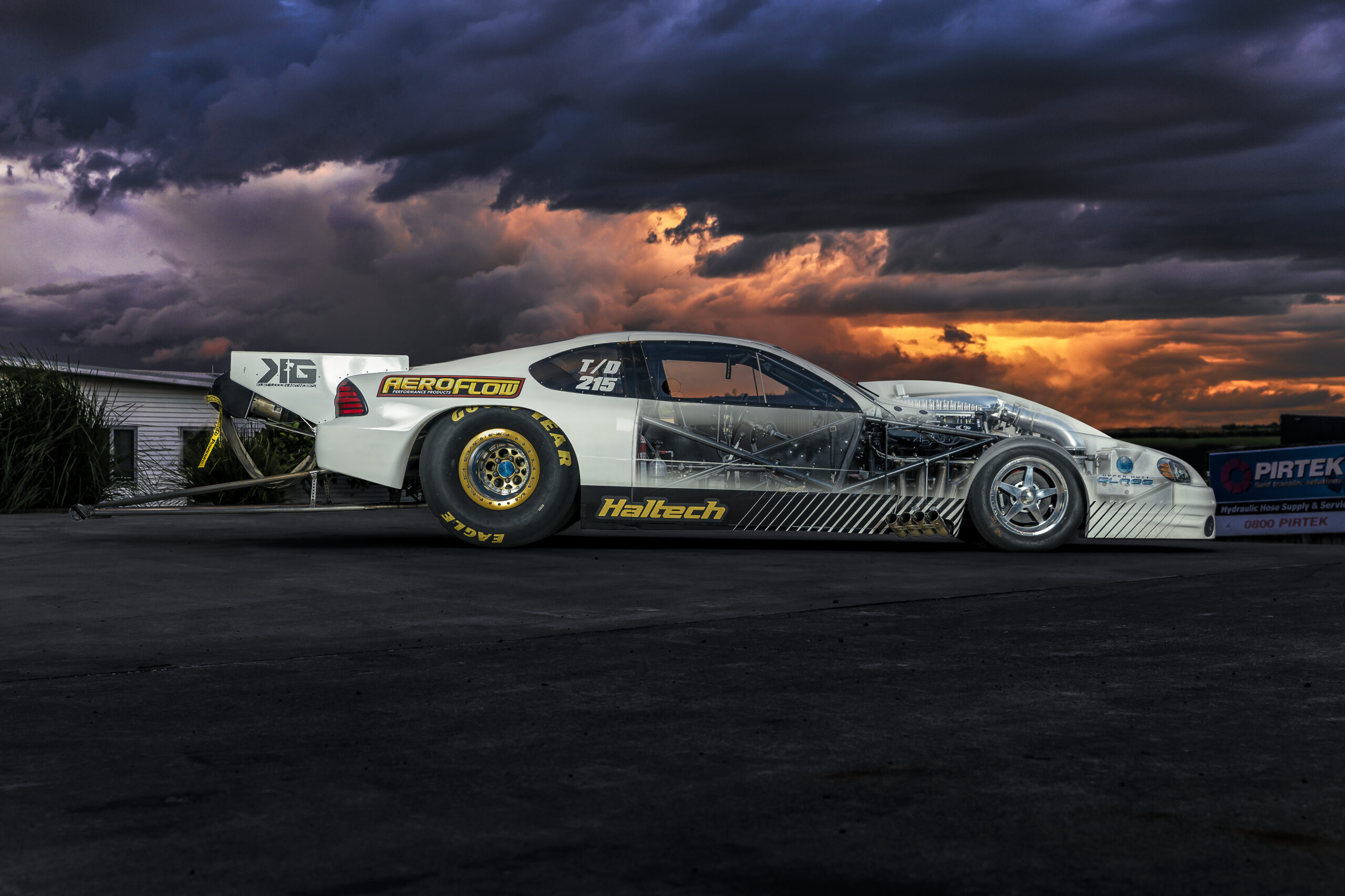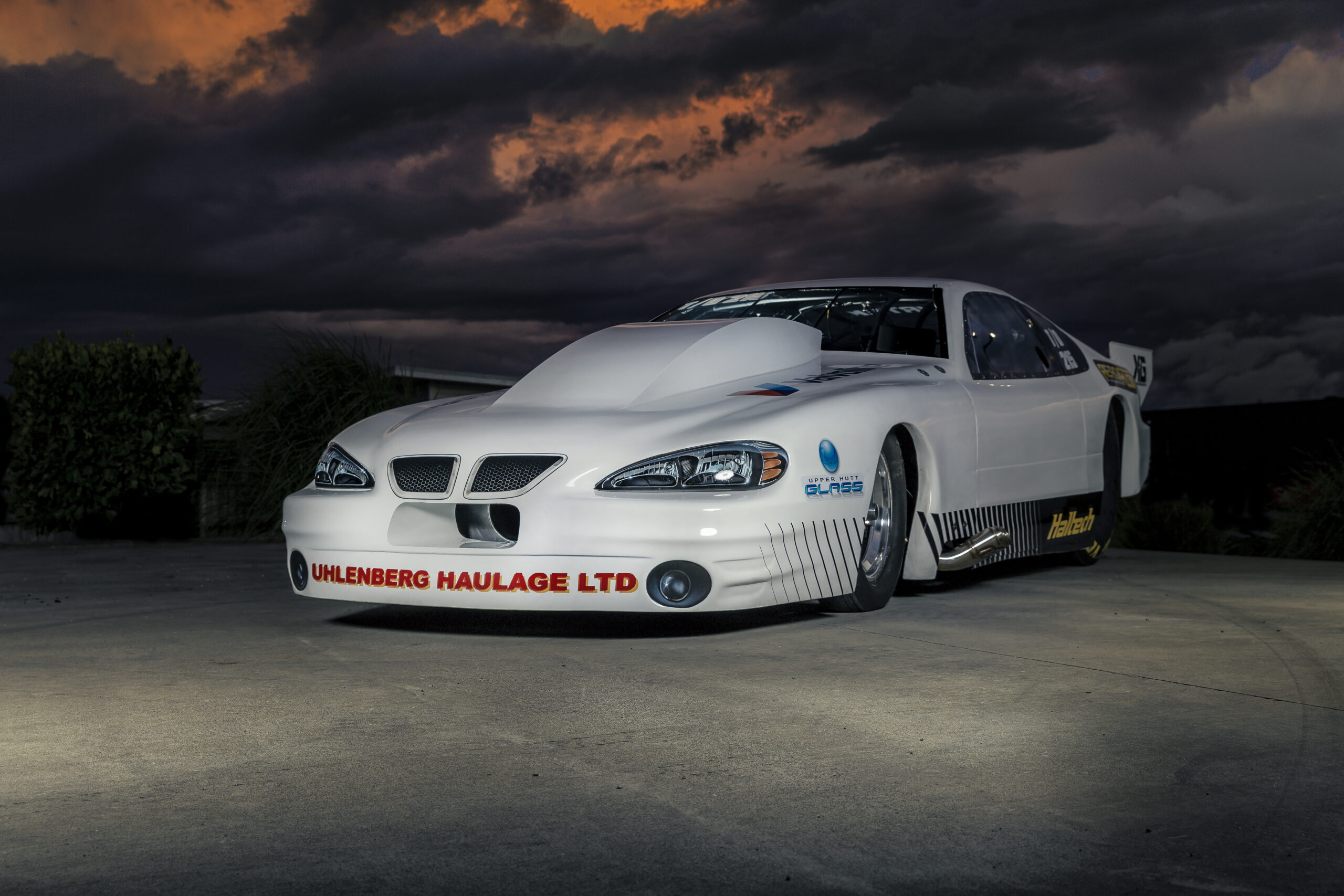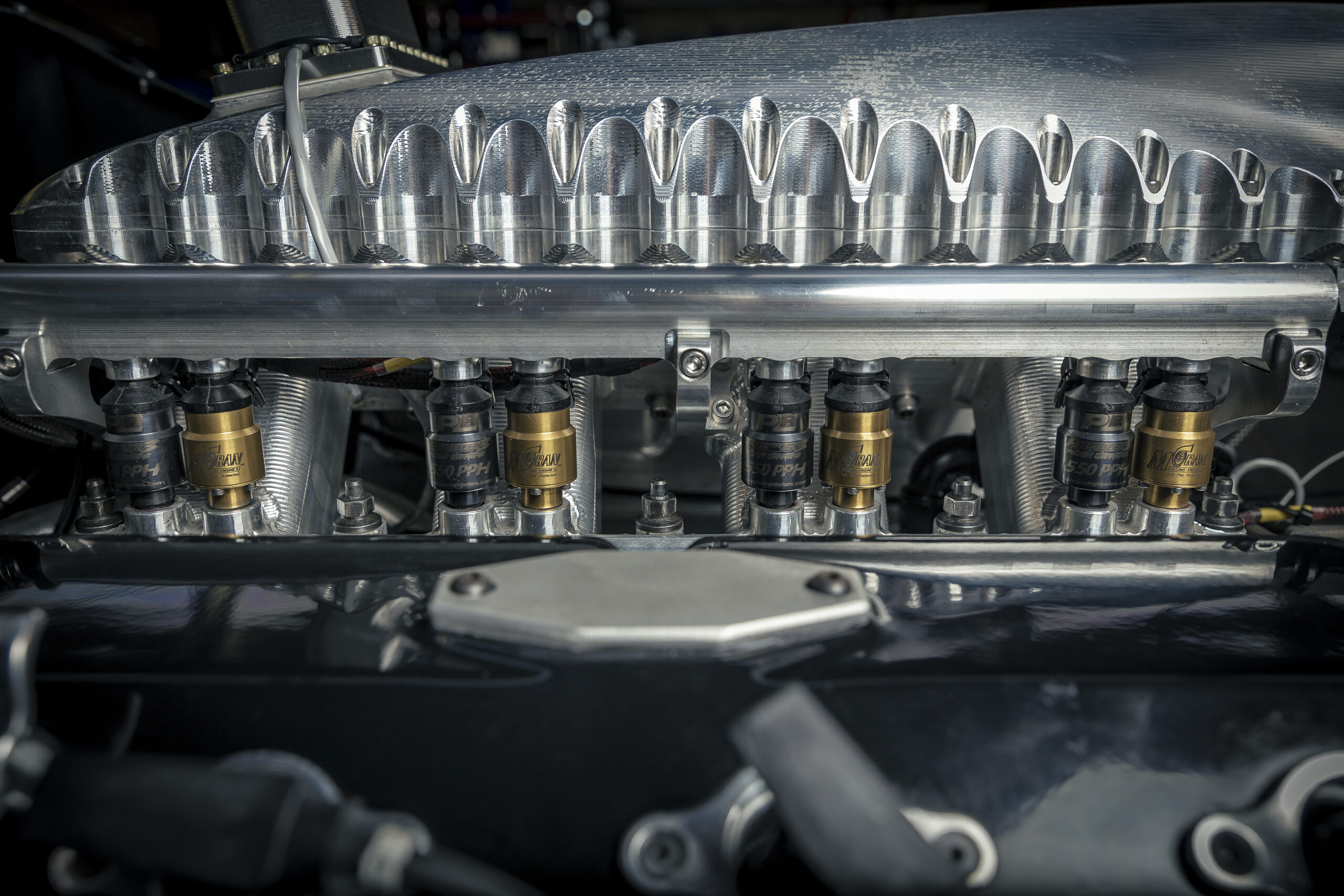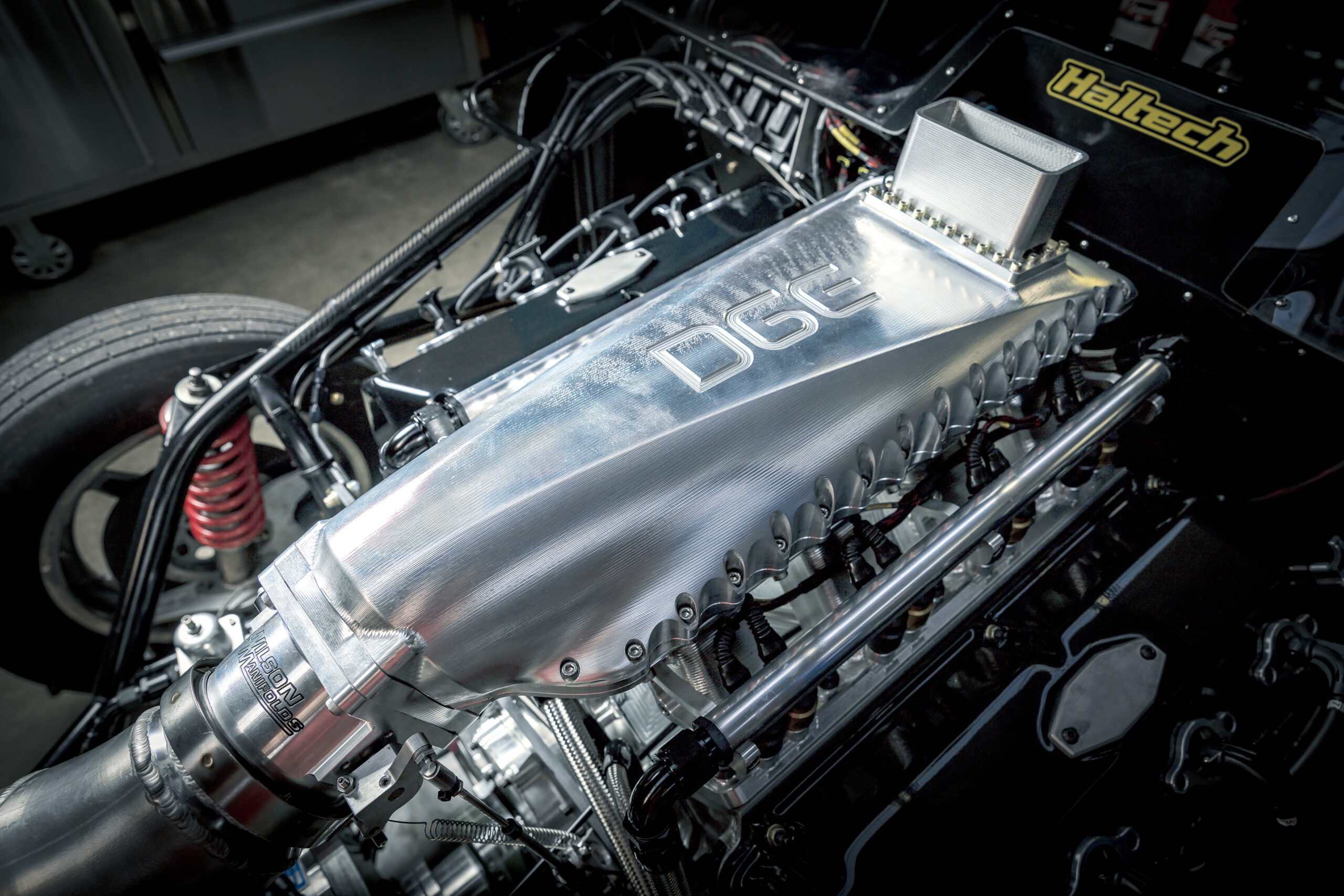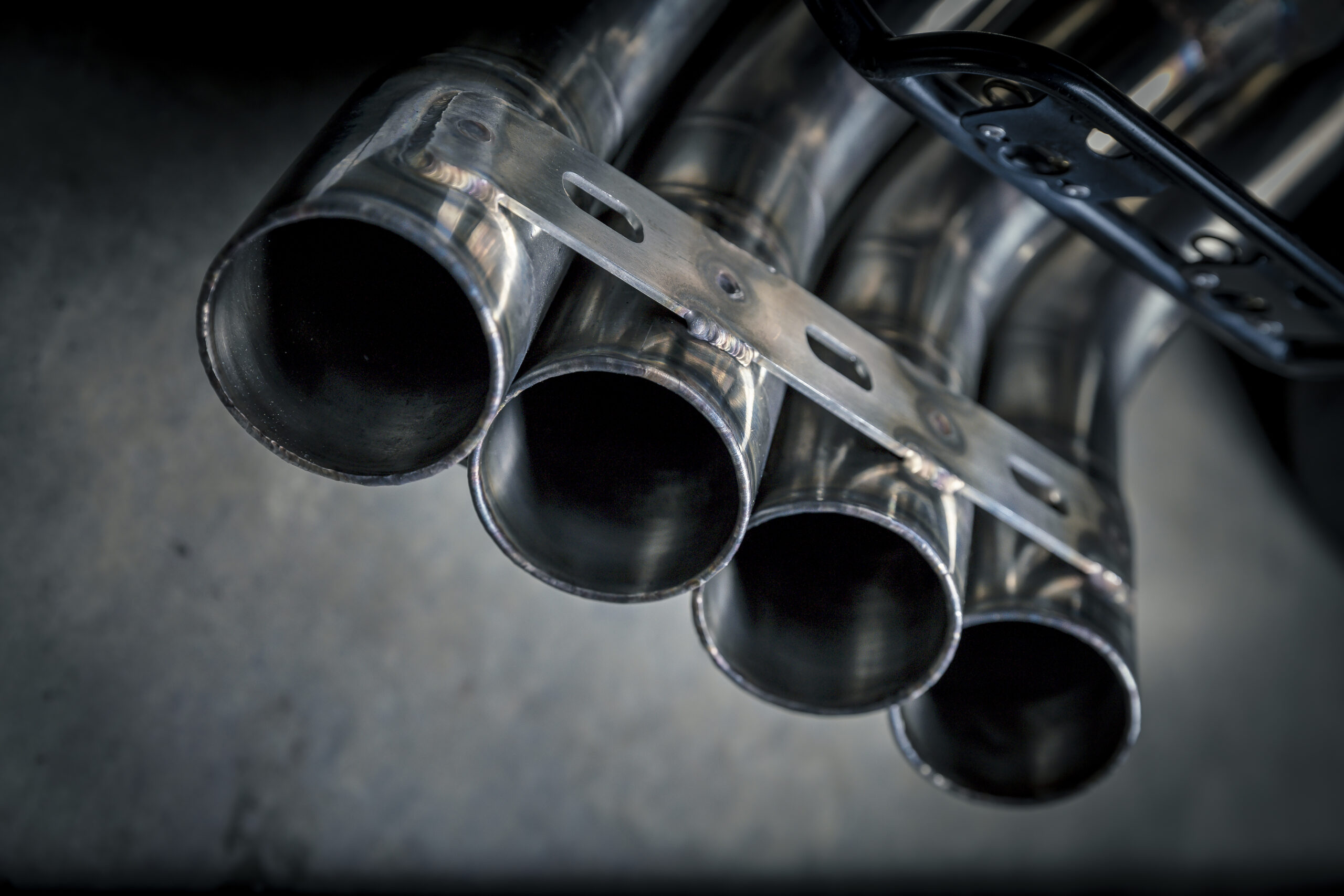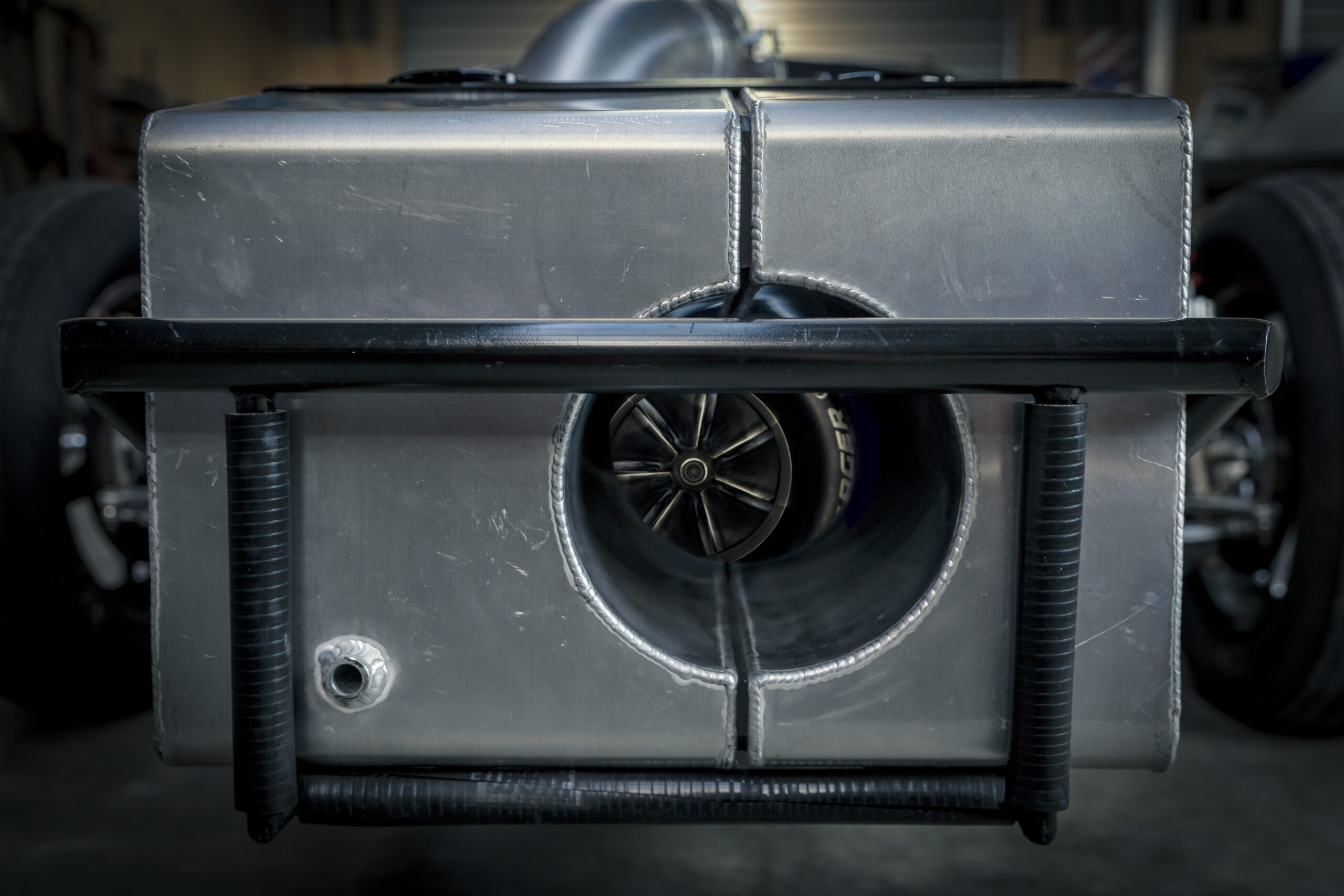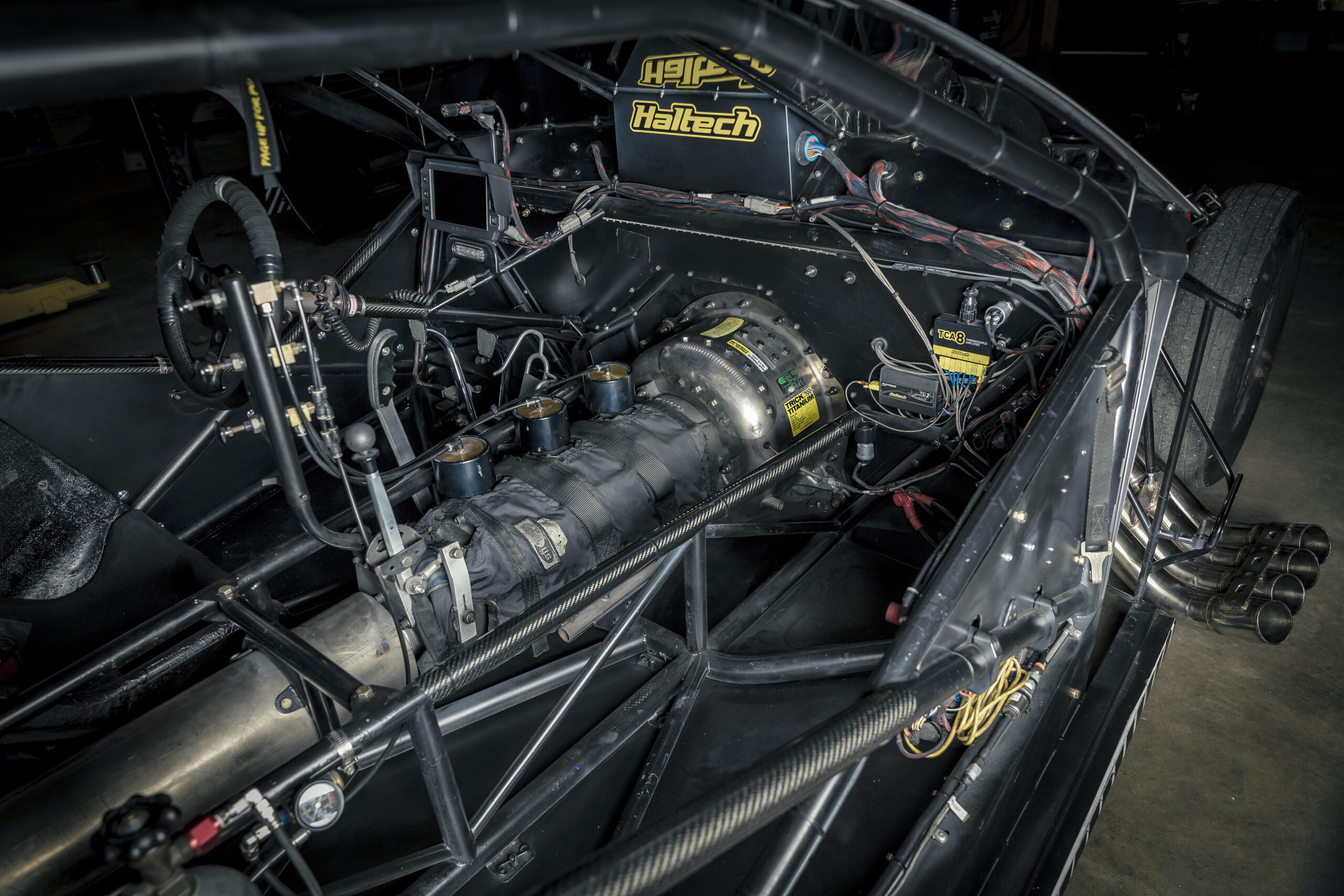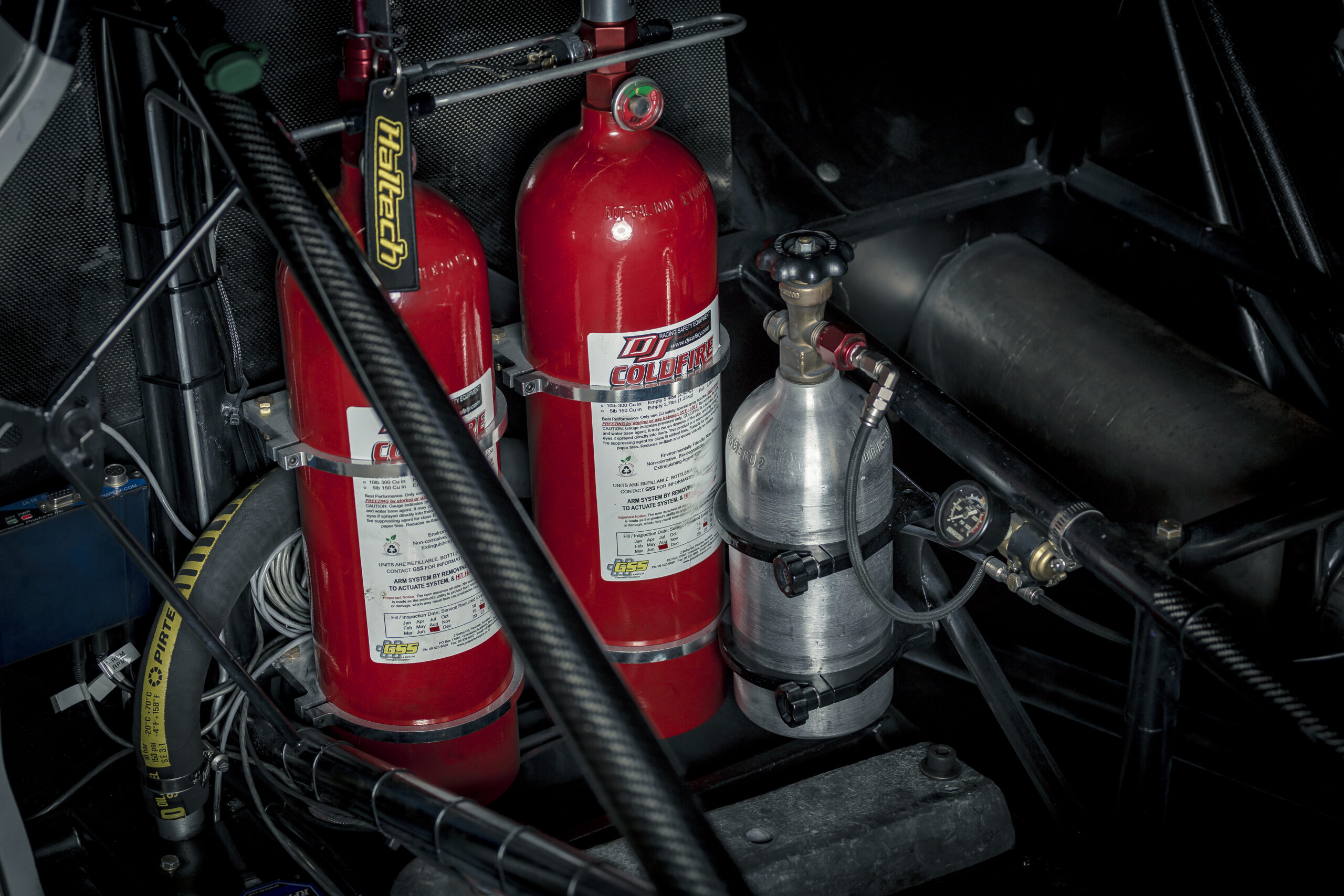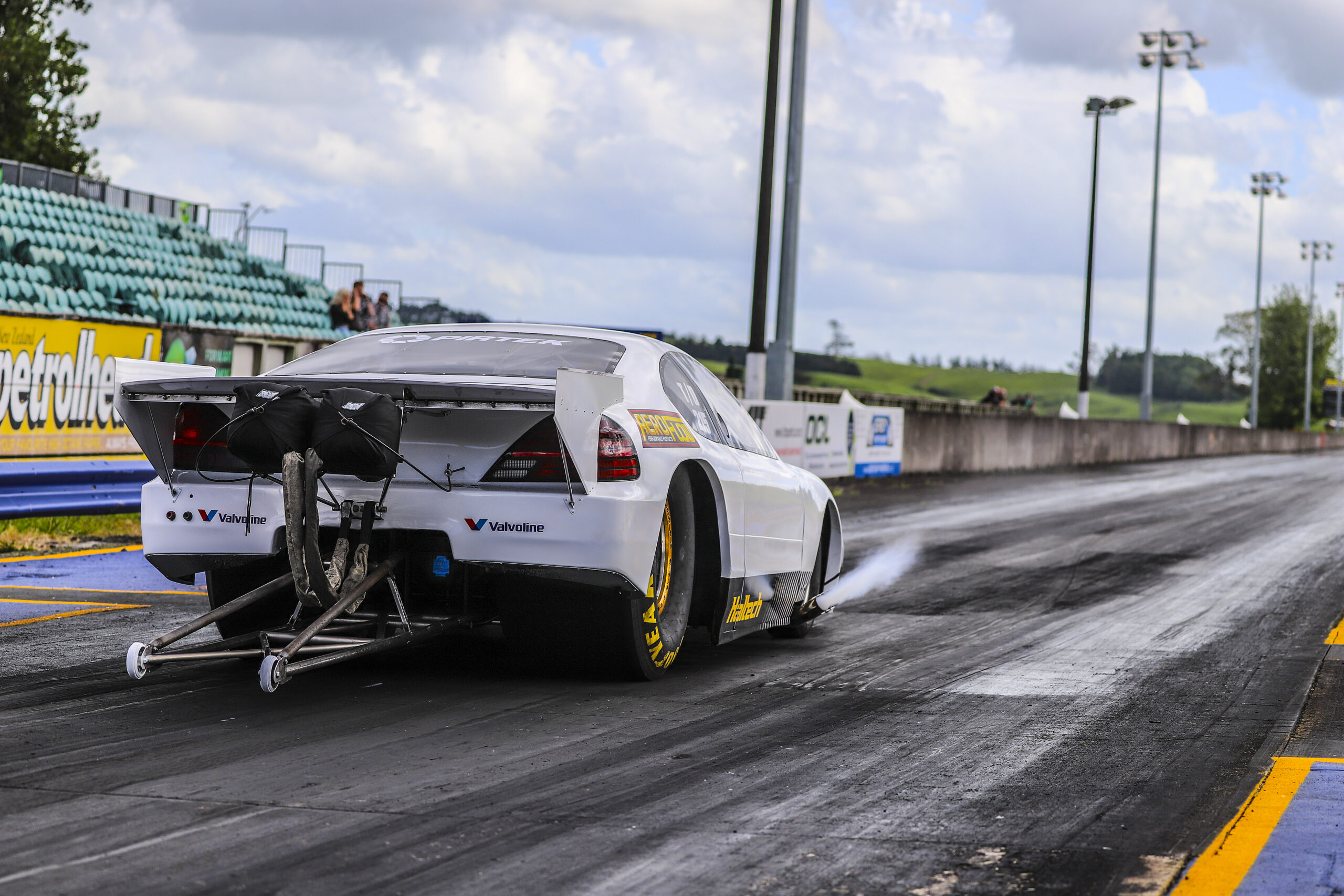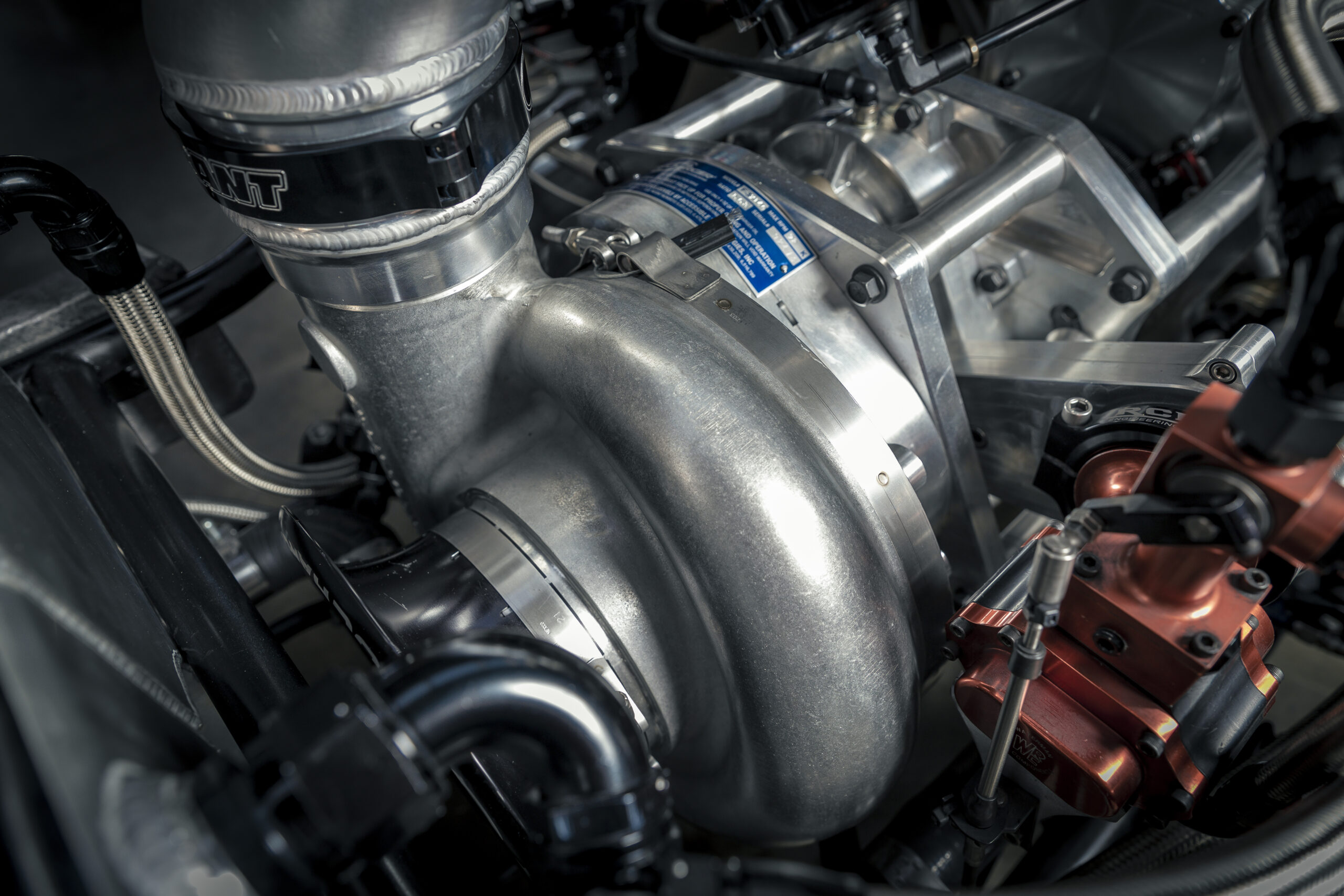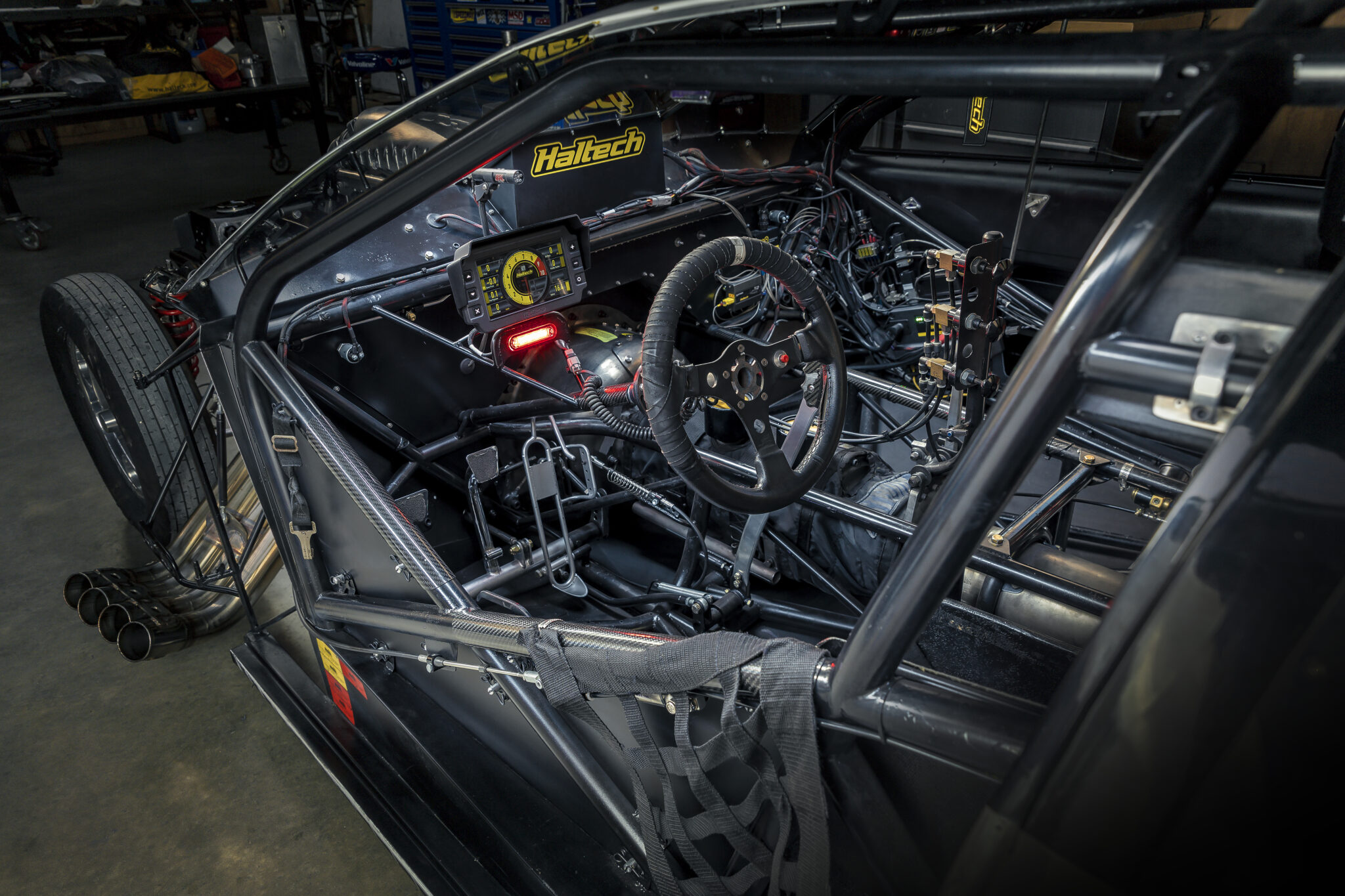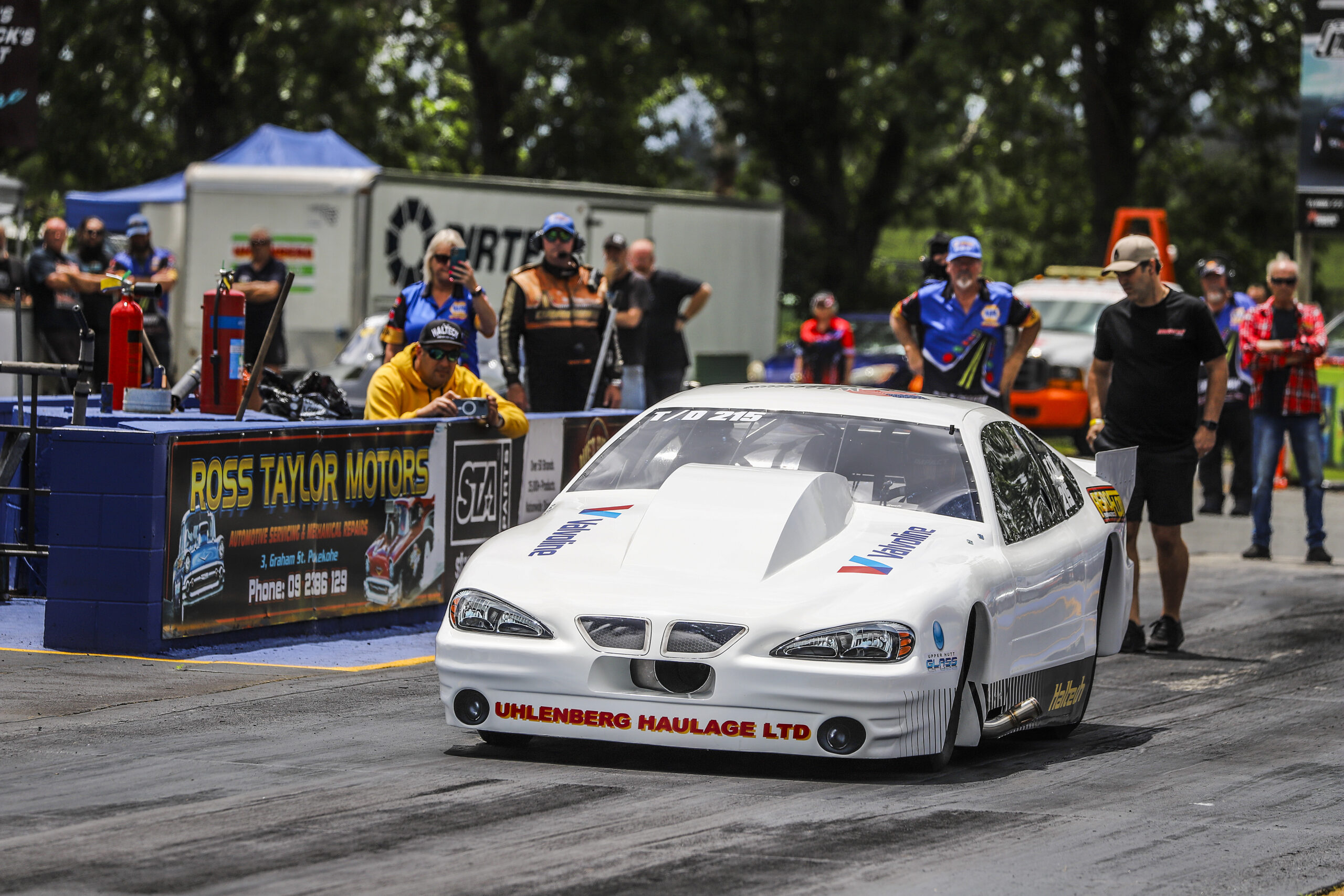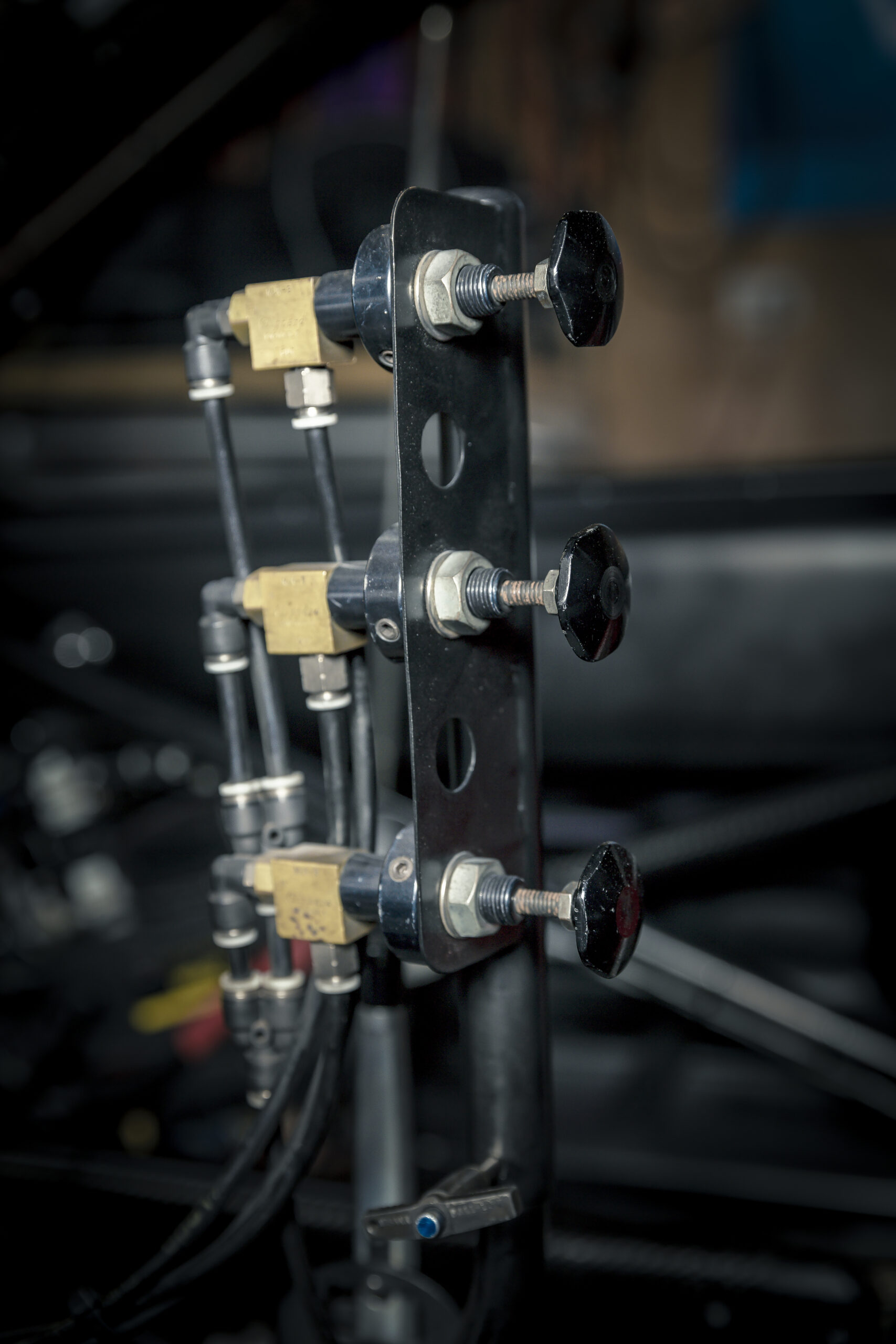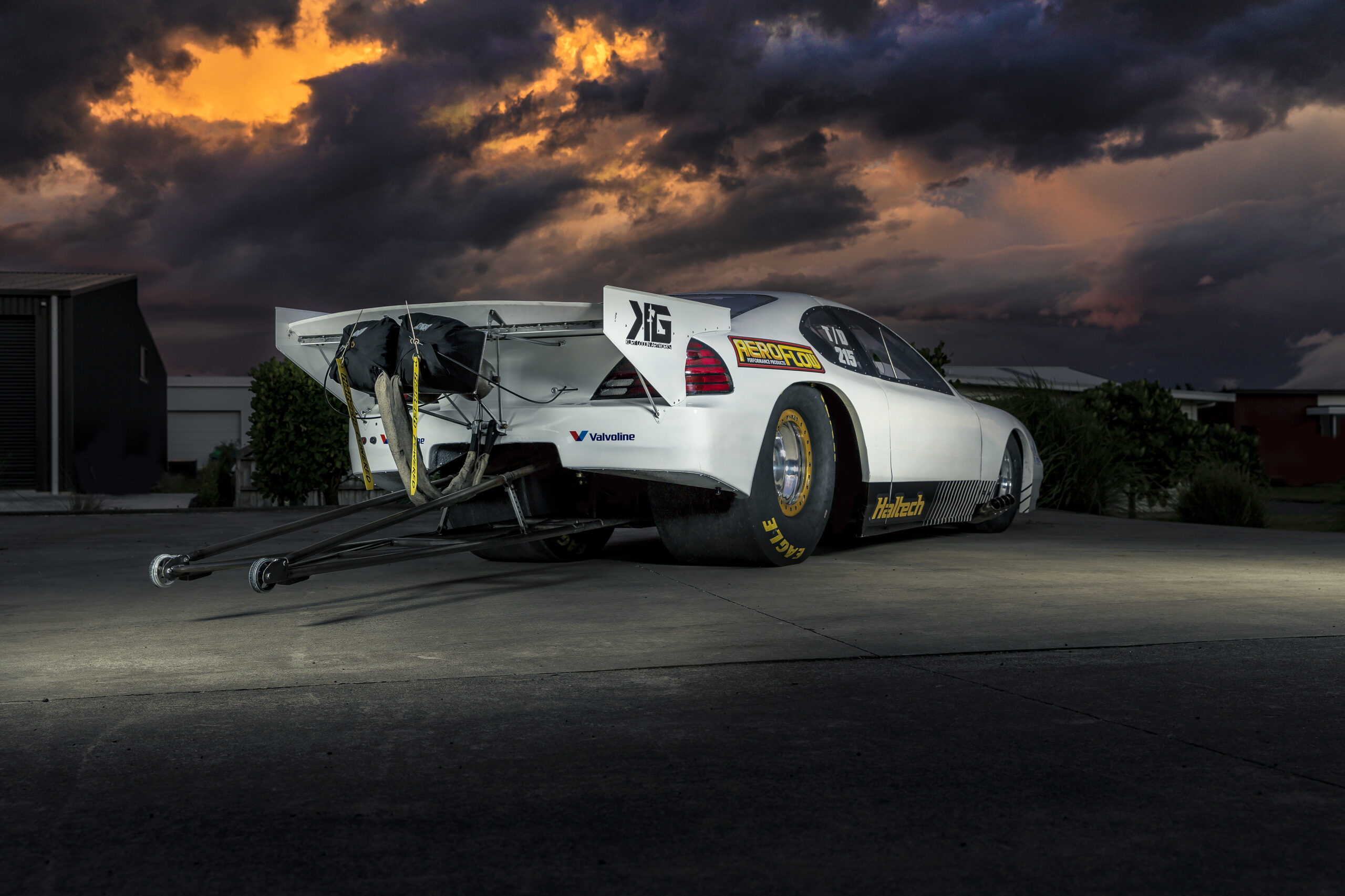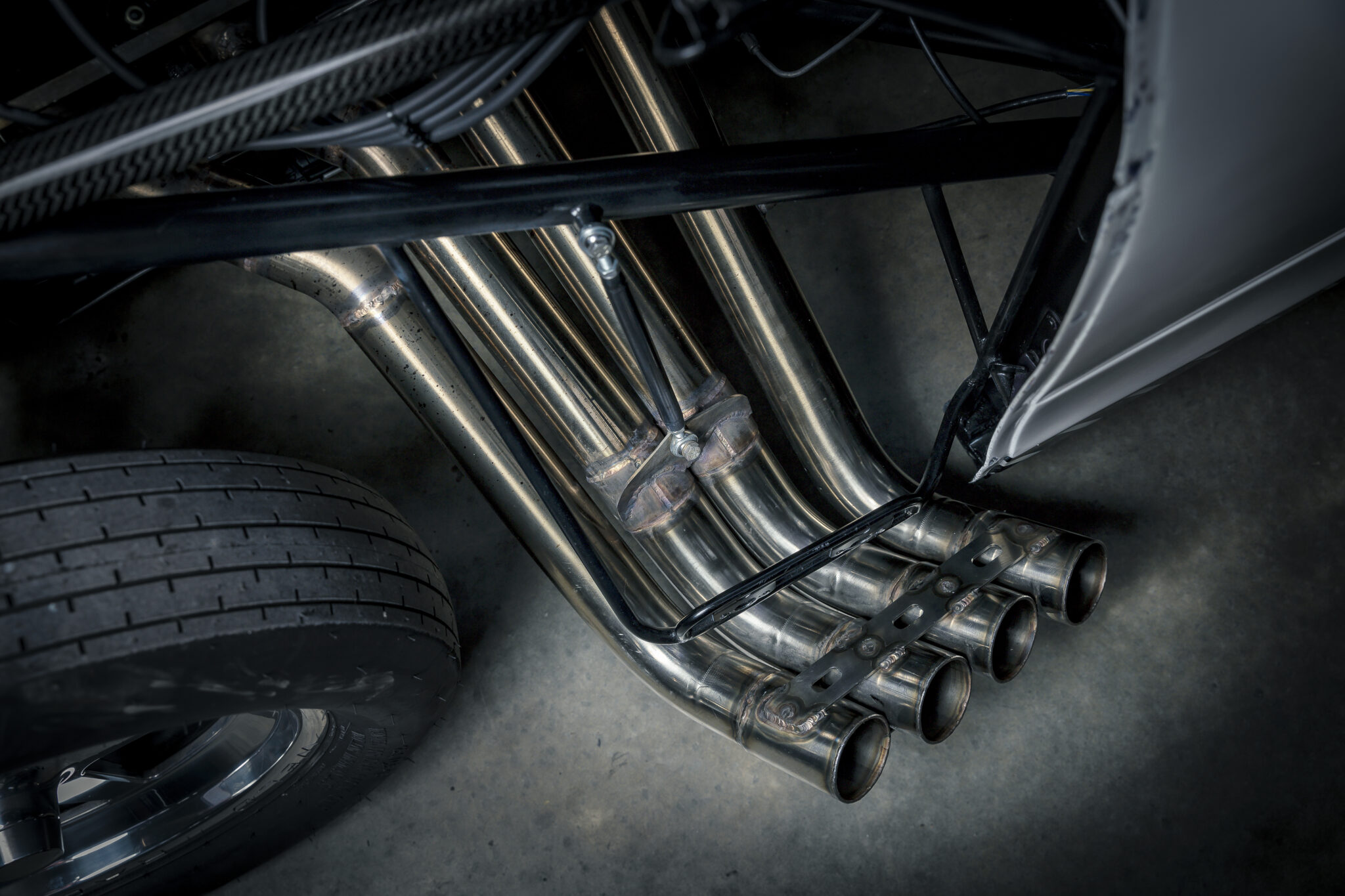Words: Todd Wylie Photos: Cam Leggett / Lance Farrow
The New Zealand Drag Racing Hall of Fame may only be a new thing, but you can bet if it had been around longer, then Jeff Dobson’s name would be in it. While many people know Jeff from his days working hard behind the scenes for NZDRA and years of successfully claiming national titles in various classes, how he got there is less well-known. The story actually begins way back when he was a teenager and was working for a dyno tuning and race engine building shop. As a keen young apprentice, he learnt as much as he could, especially on the bench dyno hunting those incremental horsepower numbers. This was back in the days when there were next to no performance products available off the shelf, so plenty of trial and error went into cutting, grinding, welding, and porting OE components to achieve the desired performance.
Aged just 21, Jeff and wife-to-be Janice opened their own workshop, complete with dyno, and became heavily involved in the alternative fuels area. Jeff tells us, “That taught me the understanding of fuel, valves vs compression ratio, and ignition timing. It’s something that hasn’t changed much, but just how it is done now is what is significant.” Ironically, despite sponsoring various racers over the next two decades, he never owned a race car, or raced himself in that time. That changed not long before selling the business, as he developed an ever-increasing interest in drag racing, with the appeal being that it gave the best form of measurement for an engine builder/tuner.
The rest is kind of history… in a multi national championship winning type of way. Jeff found the ex-Barry Smith 1982 Camaro up for sale, and began what would become a very successful racing career that continues to this day. The full tube frame Camaro was the perfect starting point for running a well-built chassis and four-speed Lenco transmission. Over the years, it ended up with a number of engine combos and a number of drivers too; including Jeff, his son Josh, daughter Shanelle, and Shanelle’s husband Adam Prestney.
In 2018 they achieved a long-held goal of running a six-second 200mph pass in BB/TS trim. This achievement marked the beginning of the next chapter, as to go even quicker, the best way was in a more modern designed vehicle. Jeff tells us the story of how the new (current) car came to be: “I had spied the [2002] Pontiac Grand Am on the Racing Junk website and, as a retirement sale, it ticked all the boxes. Contact was made with the owner, Sonny Tindal in South Carolina, and then we went on holiday to the States. We weren’t originally headed anywhere near South Carolina but that was quickly added to the itinerary. Janice and I left our travel partners at the hotel and headed to South Carolina to meet with Sonny.
What an incredible guy with a huge history of Pro Mod drag racing in the Carolina area. The car was exactly like he stated and what we were looking for, so a deal was struck including everything racing-related in his shed.”
A month later the team headed back again to pack the car and all the parts themselves before dragging it across to the West coast so it could begin its trip home to Taranaki.
Once landed, it took a season to convert the car from a nitrous set up to a twin turbo big block Chev combo. All of the fabrication work was taken care of after hours by son-in-law Adam, who also happens to work full time for the family business Pirtek Taranaki. That engine combo remained in place for three seasons, two of which the team finished runner-up in class in the national points series. And, of course, it ran multiple six-second passes at over 200mph. And that brings us up to the present day… well, almost.
Two seasons ago, the car disappeared from the track, parked up while the crew flew in and out of Aussie to help good mate Morice McMillin crewing on Aeroflow Outlaw Nitro Funny Cars. Making so many trips across the Tasman, it was easy to tell the local drag racing community that the Pontiac was simply parked up for now, but the reality was very different.
Although it’s seemingly impossible to keep a secret in drag racing, somehow the team managed to do exactly that by not letting word get out that Josh had picked up an ex-Anthony Begley Top Alcohol Hemi engine package for it.
Plenty of discussion was undertaken about what form of power adder should be used, as they’re not afraid to try new things, and also had serious performance aspirations they wished to achieve. After looking at what was going fast in the USA, Adam contacted the guys at Pro-Line Racing in the USA to purchase a complete ProCharger package. This meant plenty of fabrication work had to be done to get both the Hemi and ProCharger into the original frame rails, and plenty of specialised parts were imported from America and Australia. Fellow Aeroflow crew member Mitch King was called on to fabricate the various fuel and oil tanks required, while the rest of the fab work was done under the cover of darkness in the family workshop by Adam.
The engine itself is a 521ci package based on a BAE block and filled with CP pistons, GRP rods, and a Bryant crank. The top end — which has seen five second passes in T/A guise — runs billet Noonan Black Hawk heads fitted with Victory valves, titanium keepers and collars, and Stage V rocker assemblies. Obviously in Top Alcohol, the intake setup was somewhat different from the custom DGE billet intake manifold and Wilson 4-inch throttle body system currently in place. Likewise, the fuel system, which runs no less than 16 5000cc injectors along with a belt-driven fuel pump, is completely new. All of this is fed air by that impressive crank-driven F3X-140 ProCharger and controlled by a Haltech Nexus R5 VCM. As you’d expect, Aeroflow hoses and fittings have been used throughout, although nothing was fitted into the chassis until it was completely repainted.
The paint job wasn’t just for cosmetic purposes, although it certainly ticked that box, but it allowed for the entire vehicle to be inspected and anything not up to scratch could be rebuilt or replaced. That included fitting a new braking system with carbon fibre rotors and pads. Simultaneously changes were made to the roll cage to fit ISP safety head surrounds and a new fire suppression system was fitted. The body too received a fresh new look to match the new engine combo and includes custom airbrush work by Kurt Goodin.
James Kirkham from Haltech NZ was on hand for the first fire up along with some of the team in Aussie and the States and the ProCharged Hemi fired into life on the first try.
It wasn’t until the car had been fired up that the team went public with it, showing the world what they had been secretly chipping away on behind closed doors. As expected, it blew up the internet and everyone was looking forward to seeing it hit the strip for the first time. Thanks to crewing duties in Aus, that couldn’t happen until after the first test day of the season, but they have subsequently made a handful of passes and have the car heading largely in the right direction — the exception being a very sideways pass at Meremere with Adam in the hot seat where he took a very close look at the side of Kane Douche’s ’55 at half-track.
There’s huge potential in the new combination, and the team all have enough experience to make sure they extract it, along with enough knowledge to know it’s better to go fast by getting there slowly rather than to rush things. Where the journey will end, nobody knows, but Jeff’s extremely grateful for the help and support from the extended family, acknowledging he and the car wouldn’t be where they are now without it. One thing is for sure though, none of them spent all the time, money, and effort for the car not to end up a whole lot quicker than the previous PB of 6.61 at 210mph. Watch this space.
_______________________________________________________________________________________________________
This article originally appeared in NZV8 issue 214





